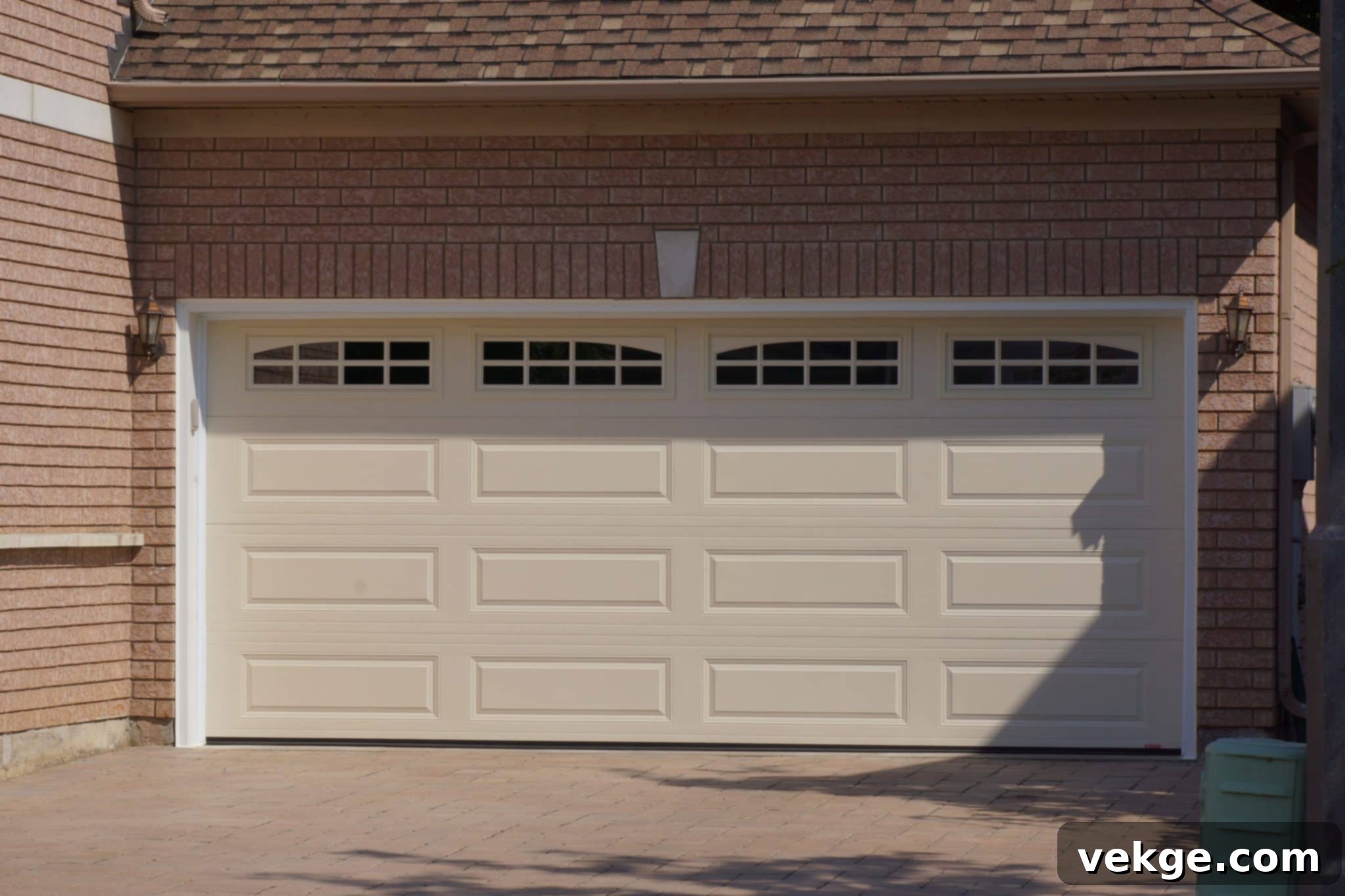10 Critical Signs Your Garage Door Needs Professional Repair in Gaithersburg, MD
Garage doors are much more than just an entry point for your vehicles; they are an essential component of your home’s functionality, security, and curb appeal. These robust systems provide convenient access while protecting your belongings and enhancing your property’s overall aesthetic. Given their daily use and the mechanical complexity involved, it’s inevitable that, like any other sophisticated system, garage doors require regular maintenance and occasional repairs to ensure their smooth, reliable, and safe operation.
For homeowners in Gaithersburg, MD, proactive and timely garage door repairs are paramount. Ignoring minor issues can quickly lead to more significant, costly, and potentially dangerous problems. That’s why entrusting your garage door to a professional garage door repair service in Gaithersburg, MD is a smart decision. Companies like STI Garage Door stand out with their team of seasoned professionals, equipped to handle a wide array of garage door challenges efficiently and effectively, ensuring your peace of mind.
But how do you know when it’s time to call the experts? Recognizing the early warning signs of a malfunctioning garage door can save you time, money, and prevent safety hazards. Here are 10 key indicators that your garage door is in need of professional attention.
Sign 1: Unusual Noises
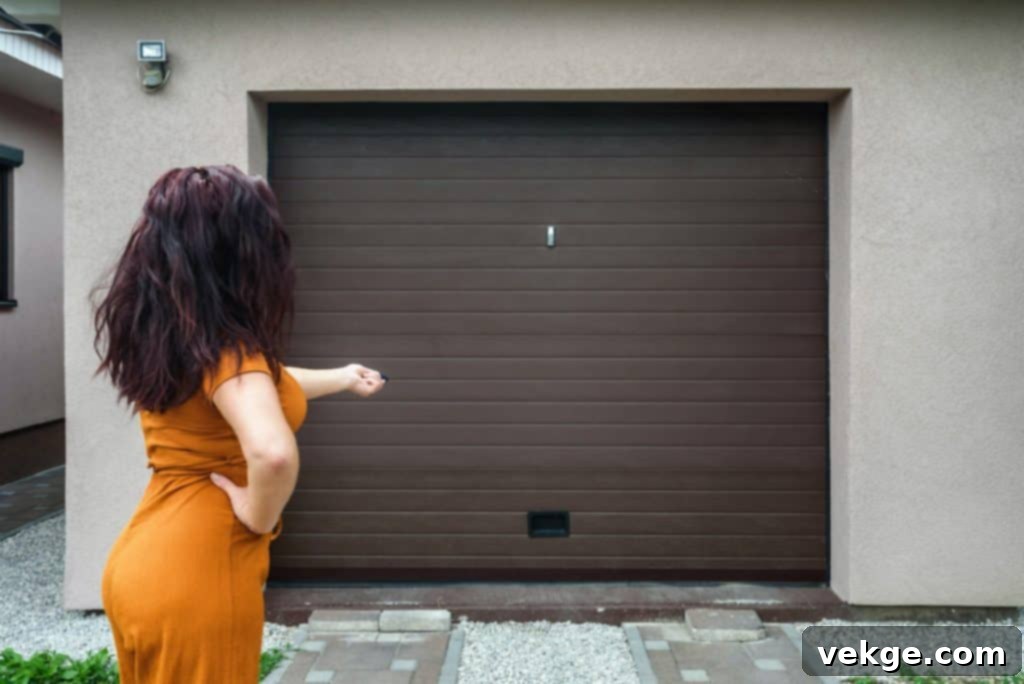
One of the most immediate and common indicators that your garage door system needs attention is the presence of strange or excessive noises during operation. If you start hearing anything beyond the usual smooth hum – such as squeaking, grinding, scraping, rattling, or banging sounds when opening or closing your garage door – it’s a clear signal that something is amiss. These noises often point to worn, loose, or unlubricated components. Common culprits include worn-out rollers, dry or failing springs, misaligned tracks, or even issues with the opener’s chain or belt drive.
Ignoring these auditory warnings can lead to accelerated wear and tear on other parts, ultimately resulting in more severe damage and a much more expensive repair bill down the line. A professional garage door technician can quickly diagnose the source of these sounds, whether it’s friction, imbalance, or component fatigue, and perform the necessary adjustments or replacements to restore quiet and efficient operation.
Sign 2: Slow Response Time
Your garage door opener is designed for convenience, providing swift access with the press of a button. If you notice a significant delay between activating your remote or wall-mounted opener and the door’s actual movement, it’s a telling sign that your system is struggling. A healthy garage door should respond almost instantaneously.
A sluggish response time can stem from various underlying issues, including:
- Sensor malfunctions: Obstructions or misalignment in the safety sensors can trick the system into thinking something is in the door’s path, causing hesitation.
- Motor failures: A weakening or failing motor in the opener unit may struggle to generate enough power for immediate movement.
- Electrical issues: Problems with wiring, power supply, or the opener’s circuit board can disrupt communication and cause delays.
- Remote control or battery problems: A weak battery in your remote or interference can also contribute to poor response.
- Increased resistance: If the door itself is stiff or heavy due to other mechanical problems (like failing springs), the opener will take longer to initiate movement.
A professional technician specializing in garage door repairs has the diagnostic tools and expertise to pinpoint the exact cause of a slow response time, distinguishing between simple sensor adjustments and more complex motor or electrical repairs, ensuring your door operates promptly and reliably.
Sign 3: Lack of Balance or Uneven Movement

A properly functioning garage door should move smoothly and evenly along its tracks. If your door appears crooked, jams, or struggles to maintain a level position when opening or closing, it’s a strong indication of a balance issue. This critical problem often stems from failing or worn-out springs, frayed or broken cables, or misaligned tracks.
The springs are responsible for counterbalancing the door’s significant weight, making it feel light enough for the opener to lift. When springs lose tension or break, the door becomes heavy and unbalanced. This not only puts immense strain on your garage door opener, potentially shortening its lifespan, but also poses serious safety risks. An unbalanced door can unexpectedly drop, causing severe injury or property damage. Addressing balance issues immediately is crucial to prevent further mechanical stress and ensure safe operation, requiring the expertise of a trained technician for spring and cable adjustments or replacements.
Sign 4: Visible Damage
Beyond the mechanical aspects, the physical condition of your garage door panels matters significantly. Overlooking visible damage like dents, cracks, rust spots, or warping is not advisable. Such damage not only detracts from your home’s curb appeal but also compromises the door’s structural integrity and overall safety.
Damaged panels can weaken the entire door structure, making it more vulnerable to further damage and potentially leading to a complete collapse. Furthermore, cracks and dents can compromise the door’s insulation properties, creating gaps where conditioned air can escape in the summer or cold air can seep in during winter. This reduction in thermal efficiency can force your HVAC system to work harder, leading to noticeable increases in your energy bills. Depending on the severity and location of the damage, repairs might involve panel replacement, rust treatment, or, in some cases, considering a full door replacement for optimal performance and appearance.
Sign 5: Sagging Sections
A garage door that visibly sags in certain sections or appears bowed is not just an aesthetic problem; it’s a critical symptom pointing to severe underlying issues, most commonly with the springs or cables. As previously mentioned, springs bear the brunt of the door’s weight. Over time, these springs can lose their tension or even break, causing the door to sag, particularly if the weight distribution becomes uneven. Similarly, frayed or broken lift cables will prevent the door from being properly supported and lifted uniformly.
Sagging sections indicate that the door is under excessive stress and is no longer being adequately supported by its counterbalance system. This condition puts immense strain on your garage door opener, forcing it to lift an unsupported load, and dramatically increases the risk of mechanical failure. More importantly, it creates a significant safety hazard, as the door could suddenly fall or become completely inoperable. Immediate professional intervention is necessary to replace or re-tension springs and cables, restoring the door’s stability and ensuring safe operation.
Sign 6: Difficulty Operating the Door
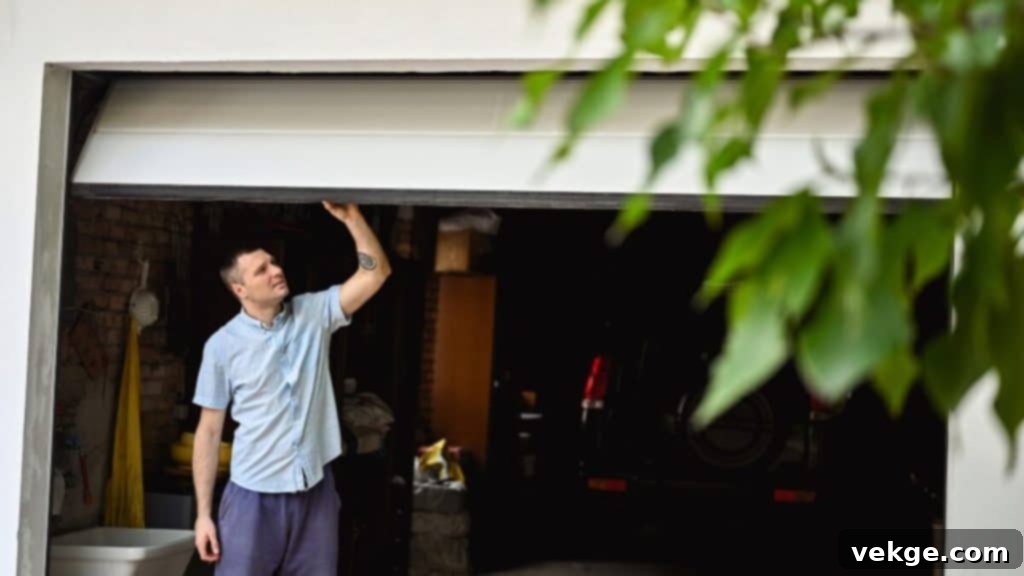
Whether you’re attempting to operate your garage door manually or relying on the automatic opener, any persistent difficulty is a clear sign that professional repairs are likely needed. If the door feels exceptionally heavy, gets stuck midway, or refuses to open or close completely, a range of issues could be at play.
Common culprits include worn-out rollers that struggle to glide along the tracks, bent or obstructed tracks that impede smooth movement, or a faulty motor within the opener that lacks the power to lift the door effectively. Attempting to force a malfunctioning door can exacerbate existing problems, leading to more extensive and costly damage, not to mention creating a dangerous situation. It’s always best to cease operation immediately and contact a qualified garage door repair technician who can safely diagnose and correct the underlying mechanical or electrical fault.
Sign 7: High Energy Bills
Your garage, while often seen as just a storage space, plays a role in your home’s overall energy efficiency, especially if it’s attached to your living areas. An unexpected rise in your home’s energy bills could indirectly point to a problem with your garage door’s insulation or sealing. If the insulation within your garage door panels is inadequate, damaged, or if the weather stripping around the door’s perimeter is worn or missing, your garage becomes a major source of heat loss in winter and heat gain in summer. This results in significant temperature fluctuations within the garage, which then impacts adjacent rooms.
Your heating and cooling systems will have to work much harder and for longer periods to maintain a comfortable indoor temperature throughout your home, directly translating to higher utility costs. A professional can assess the integrity of your garage door’s insulation and seals, recommending solutions like weather stripping replacement or even an insulated door upgrade to improve your home’s energy efficiency and reduce those escalating bills.
Sign 8: Inconsistent Movement
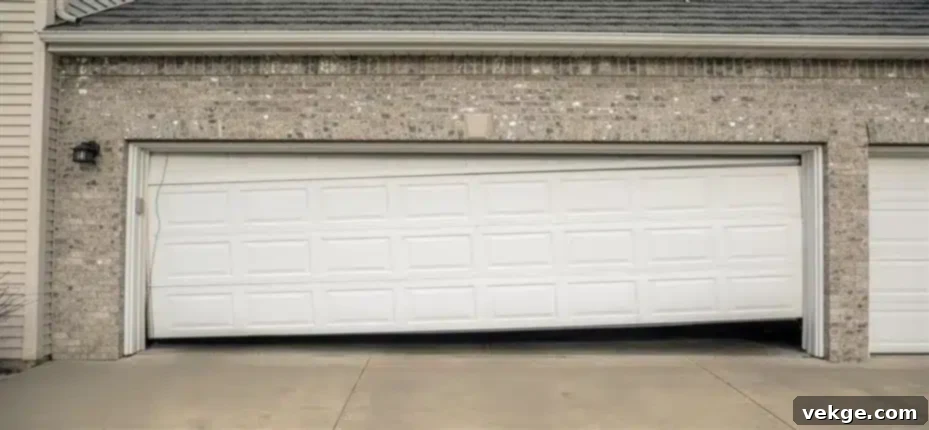
A garage door that moves erratically, jerks, stutters, or stops and starts intermittently is experiencing inconsistent movement, which signals a deeper problem within its operating system. This is more than just an inconvenience; it can be a precursor to a complete system failure.
Such inconsistent motion often originates from issues with the door’s tracks or rollers. Over time, tracks can accumulate dirt, debris, or even become bent or misaligned, creating friction points that impede smooth travel. Likewise, worn, cracked, or damaged rollers can prevent the door from gliding properly, causing it to judder or catch. Other potential causes include issues with the opener’s chain/belt tension, a failing motor, or problems with the limit switches that control the door’s stopping points. A thorough inspection by a professional is required to identify the precise cause and restore consistent, fluid operation, preventing further stress on the entire system.
Sign 9: Visible Wear and Tear on Components
Regular visual inspections of your garage door’s individual components are a crucial aspect of preventative maintenance. By proactively looking for signs of wear and tear, you can detect minor problems before they escalate into major, costly repairs or dangerous failures. Pay close attention to key hardware elements such as springs, cables, hinges, and rollers.
Look for obvious signs of damage: are the springs showing gaps, rust, or distortion? Are the lift cables frayed, rusting, or detached? Are the hinges bent, corroded, or loose? Are the rollers cracked, chipped, or spinning inefficiently? Even minor signs of deterioration in these critical components indicate reduced functionality and increased risk of sudden failure. Addressing these issues early through professional repair or replacement will significantly extend the lifespan of your garage door, improve its safety, and prevent more extensive system damage.
Sign 10: Absence or Failure of Safety Features
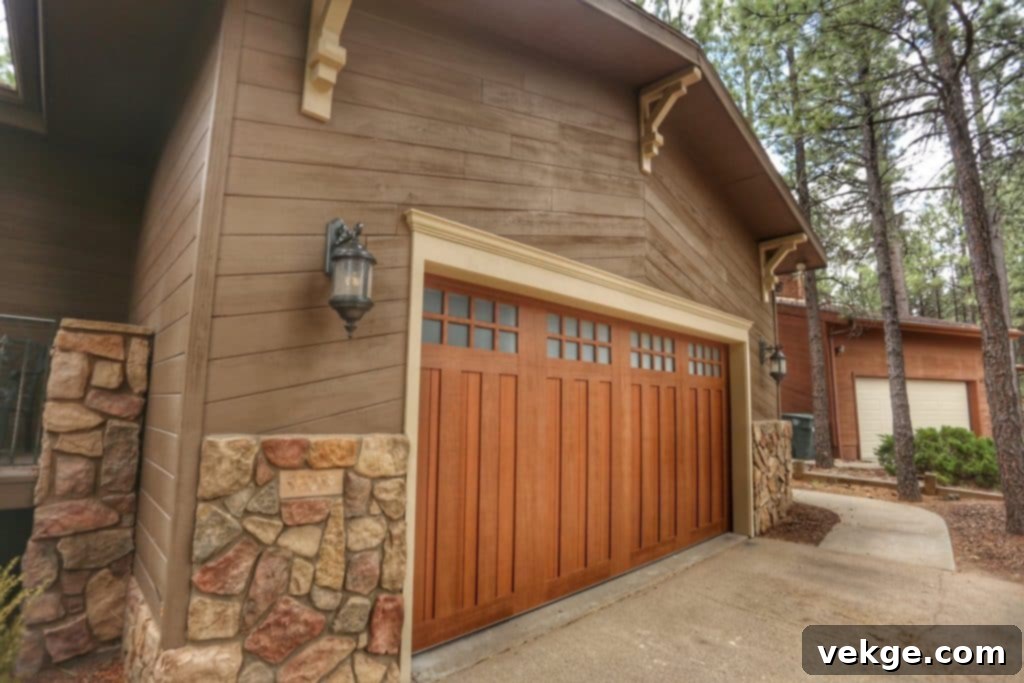
Modern garage door openers are equipped with crucial safety mechanisms designed to prevent accidents and injuries. These include photoelectric sensors, which create an invisible beam across the door’s opening, and an auto-reverse mechanism that causes the door to reverse direction if it encounters an obstruction while closing. If your garage door either lacks these essential safety features (common in older models) or if the existing ones are no longer functioning correctly, it represents a serious safety hazard that demands immediate attention.
Testing these features regularly is vital: place an object in the door’s path as it closes to ensure the auto-reverse kicks in, and confirm the sensors detect obstructions. Failure to address faulty or absent safety features can lead to severe personal injury, especially to children or pets, and potential property damage. Contacting a reliable garage door repair Gaithersburg MD company to inspect, install, or repair these safety features is not just a recommendation but a necessity for the safety of your household.
Conclusion
Being attentive to these ten critical signs that your garage door requires service is fundamental for ensuring its continued safe, efficient, and durable operation. Your garage door is a complex system, and ignoring even minor issues can lead to a cascade of problems, transforming small, manageable repairs into significant, expensive overhauls. Moreover, a malfunctioning garage door can compromise your home’s security and pose serious safety risks to your family and property.
By responding promptly to these warning signs and enlisting the expertise of a professional garage door repair service, like those available in Gaithersburg, MD, you can prevent minor problems from escalating. Regular maintenance and timely repairs extend the lifespan of your garage door, ensure its reliability, enhance your home’s security, and maintain its curb appeal. Don’t take chances with this vital component of your home. Schedule a professional garage door inspection today, and safeguard the comfort, convenience, and safety of your Gaithersburg home for years to come.
